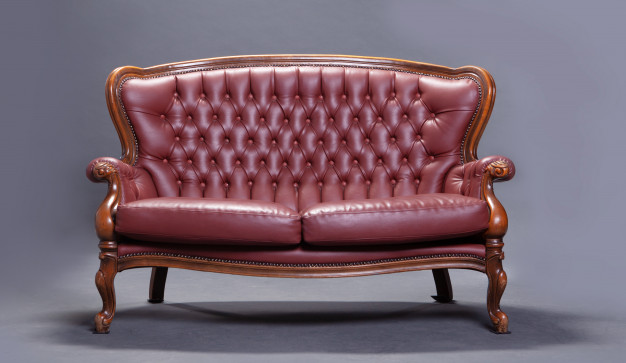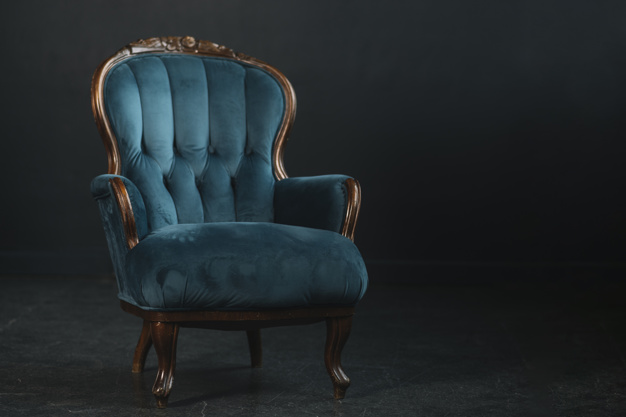Antique furniture pieces tell a story, regardless if they’ve been passed down to you or acquired through a dealer. Over time, a simple vanity from your great grandmother can increase in value, depending on its rarity and quality. Though antiques can add character to your home, it also leaves them open to wear, tear, and damages. The less well-preserved a piece is, the less it will be worth.
If you properly store your antique furniture, it can contain to gain value while being safe and secure from external damages. Whether it’s a sentimental piece that you plan to hold on to or an item you’re keeping for resale, here’s how to store your furniture to preserve it properly.
Choose a storage solution
Firstly, you’ll need to choose a storage space to house your antique furniture. It’s essential to consider a few different factors about the unit to ensure it’s a good option.
1. Climate controlled
Choose climate-controlled self-storage, which will keep the temperature and conditions within the unit consistent. Excessive heat or cold and changing temperatures can affect your furniture over time. Using a mix of air and heat as required, the unit should always be capable of keeping the internal temperature somewhere in the range of 50 and 80 degrees. If you live in a humid climate, or your storage is underground, you will also need a dehumidifier to prevent dampness.
2. Easy to access storage
The unit should be easy to get in and out of, with wide doors and ideally on the ground level. Even a small scratch or dent in your antique piece can significantly reduce its value. By limiting obstacles and distance you need to carry the item, you reduce the risk of damage. If you can find drive-up storage, then that’s the best option, but if not, always use rolling carts when they’re available to prevent you from dropping the piece.
Take pictures
Before you wrap up and store your antiques, make sure to take some good pictures of them. That way, you can use them if necessary, for insurance claims, should they arise. It’s also a good idea to get them appraised before storing them, so you have a record of their value.
Wrap and protect
You’ll want to correctly wrap up all your pieces before putting them into your storage unit. Here are some tips for how to protect varies types of antique furniture:
- Take apart any large, heavy, or brittle antiques. Individually wrap up each piece and make sure everything is labeled. Store any screws or other hardware together in either a bag or small box and tape it to the most significant portion of the furniture body.
- Wrap anything fragile, especially glass, in a hefty layer of bubble wrap.
- Keep all paintings, mirrors, or other large artwork pieces on their side. It will prevent them from accidentally falling over and sustaining damage.
- Cover pieces in sheets or blankets to stop as dust from settling onto the surfaces.
- Store smaller items in strong-bodied moving boxes and make sure they label them. It’s also a good idea to include “fragile” on the outside whenever they are being moved.
- Never pile pieces on top of each other.
- Wipe any metallic surfaces or pieces with oil to help prevent corrosion.
- Wipe wooden surfaces with specialized furniture polish.
By storing your antiques in the right way, they will stay in good condition for years to come and continue to grow in value.


